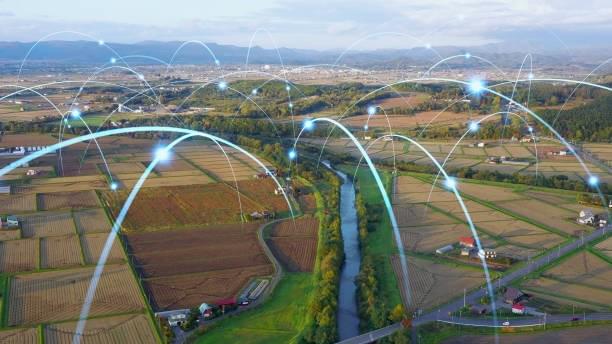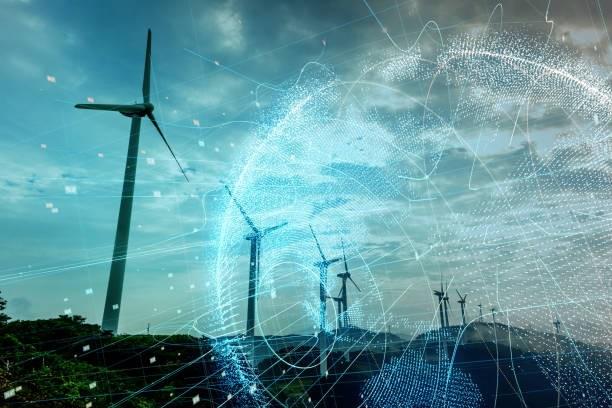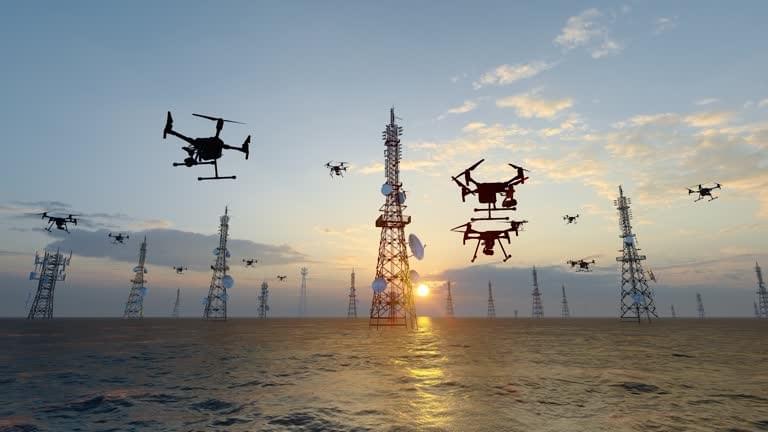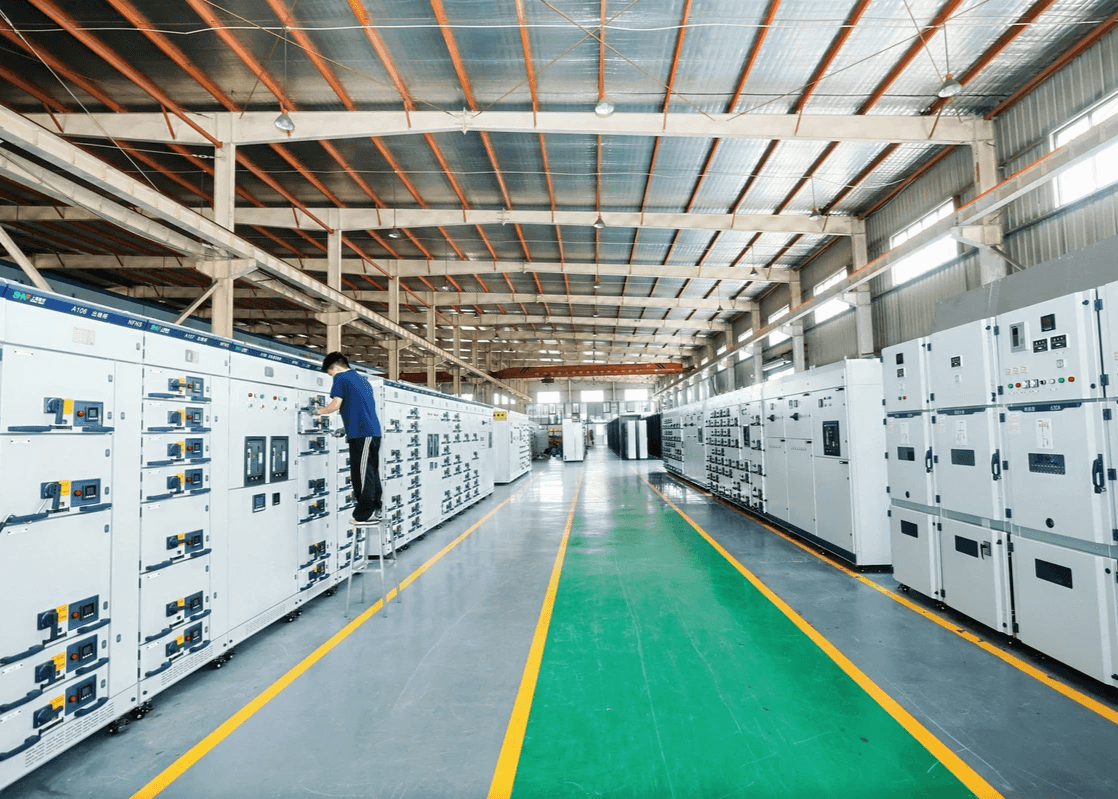Introduction
In recent years, the concept of Energy Internet has gained significant momentum in China, especially following the government's release of documents related to "Internet+" smart energy initiatives. This renewed interest has many industry experts questioning the relationship between Energy Internet and Smart Grid technologies. The term "Energy Internet" first emerged in 2011 when American scholar Jeremy Rifkin outlined this visionary concept in his influential book "The Third Industrial Revolution." Since then, it has captured the imagination of Chinese scholars and power industry professionals alike. But is Energy Internet merely an extension of existing Smart Grid technology, or does it represent something fundamentally different? This blog explores the nuanced relationship between these two concepts and examines why China has become the global epicenter for Energy Internet development.

The Rise of Energy Internet in China
China's enthusiastic embrace of the Energy Internet concept stands in stark contrast to the approach taken by other countries, including the United States—where companies develop Energy Internet-related technologies specifically for the Chinese market without adopting the concept domestically. This peculiarity stems from China's ambitious Smart Grid development plans.
State Grid Corporation of China has been implementing a three-phase Smart Grid construction strategy:
- Phase 1 (2009-2010): Planning and pilot project implementation
- Phase 2 (2011-2015): Comprehensive construction focusing on ultra-high voltage and urban-rural power grid development
- Phase 3 (2016-2020): The "leading improvement stage" aimed at establishing a unified strong Smart Grid
The "strong" aspect refers to an ultra-high voltage backbone providing reliable power supply, while "smart" primarily manifests in the distribution network and human-machine interaction capabilities.
Interestingly, one of Smart Grid's key objectives—supporting large-scale distributed power sources like photovoltaic and wind generation—aligns perfectly with a core concept of Energy Internet. This alignment, combined with China's changing energy demands and economic conditions reaching a periodic peak in electricity requirements, has made Energy Internet an attractive framework for guiding Smart Grid's next evolutionary phase.

Smart Grid vs. Energy Internet: Understanding the Fundamental Differences
While many experts view Energy Internet as a natural extension of Smart Grid technology, there are profound differences between these concepts:
1. Energy Focus
- Smart Grid: Primarily concerned with electrical energy, focusing on more efficient and intelligent transmission and utilization.
- Energy Internet: Pursues comprehensive integration of various energy forms, placing electrical, chemical, waste heat, and mechanical energy within a unified large-scale energy system.
2. Physical Infrastructure
- Smart Grid: Physically relies on the power system with ultra-high voltage as its backbone.
- Energy Internet: Integrates power systems, transportation networks, and potentially even human energy generation. Imagine storing energy from your gym workout and connecting it to the Energy Internet—that's the level of integration envisioned.
3. Architectural Approach
- Smart Grid: Maintains a centralized structure with the power system at its core, even when integrating with transportation networks and internet technology.
- Energy Internet: Envisions a centerless energy supply and demand system that could potentially meet global energy transmission and usage needs—a fundamentally different architectural philosophy.
4. Distributed Energy Management
- Smart Grid: Adopts local consumption or centralized transfer consumption control for distributed energy resources.
- Energy Internet: Connects vastly more consumption points, taking a network-wide approach rather than focusing on local or partial consumption patterns.
- What emerges from these differences is that Energy Internet offers substantially greater extensibility and openness compared to Smart Grid technologies.

Opportunities in the Energy Transformation Landscape
The evolution toward Energy Internet systems creates significant opportunities for companies operating in the energy sector. Firms like Nengfu Electrical, which specializes in electrical system solutions and engineering services, are well-positioned to capitalize on this transformation.
Based in Shanghai Songjiang Industrial Park, Nengfu Electrical has built its reputation on "making products with heart" and holds prestigious ISO 9001, ISO 14001, and ISO 45001 certifications. The company's comprehensive product lines span design, engineering, and production of diesel and gas generators, electrical cabinets, and EPC (Engineering, Procurement, and Construction) services.
As China pursues its Energy Internet vision, companies that can bridge traditional power generation with next-generation energy integration will play crucial roles in enabling this transition. The shift represents not just technological evolution but a fundamental rethinking of how energy is generated, distributed, and consumed across society.


Conclusion
The question of whether Energy Internet represents an extension of Smart Grid or something entirely different has significant implications for the future of global energy systems. While Smart Grid laid essential groundwork by digitizing and enhancing the intelligence of electrical infrastructure, Energy Internet proposes a more radical and comprehensive transformation—one that dissolves traditional boundaries between energy types, consumption patterns, and even energy producers.
Rather than seeing Energy Internet as merely Smart Grid 2.0, it's more accurate to view it as a paradigm shift that incorporates Smart Grid technologies while fundamentally reimagining energy's role in society. China's enthusiastic embrace of this concept reflects both pragmatic considerations about its current power infrastructure and bold aspirations for energy sovereignty and sustainability.
As the world watches China's ambitious experiments with Energy Internet, the lessons learned will likely influence energy development globally for decades to come. Whether Energy Internet ultimately fulfills its revolutionary promise or becomes another evolutionary step in our energy systems, its emergence represents a critical moment in the ongoing quest for more efficient, sustainable, and integrated energy solutions.